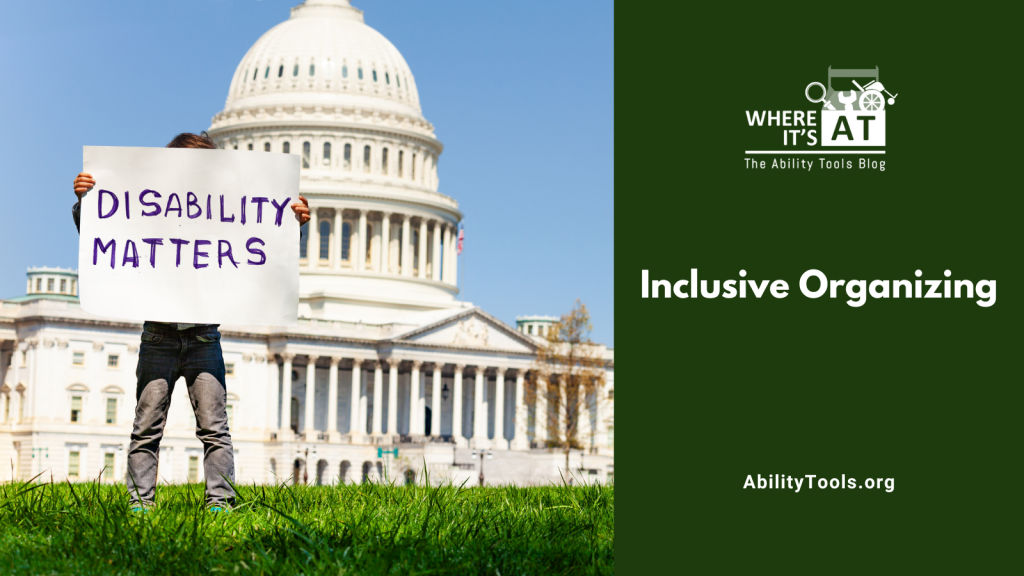
Jessica Riestra, Statewide Youth Organizer for YO! Disabled and Proud, a program of California Foundation for Independent Living Centers
Organizing is a big part of today’s society. Today, more than ever before we are seeing communities come together to advocate for human rights. However, oftentimes many organizations fail to be inclusive when making sure that events are accessible to disabled people. Intersectionality is a huge component of a variety of social movements.
As an example, the New York Times highlighted a study created by the Ruderman Family Foundation on how about 30 to 50 percent of all people killed by law enforcement officers are disabled. This is crucial because it is connecting two separate movements with one another. A quote was also taken from Ms. Piepzna-Samarasinha; “Disability justice is about political organizing and legal change and all of that but it’s also about creating communities where we can be all of ourselves without shame, and with joy.”
Why is this important? It is important because right now more than ever, we as a community must come together to address issues that affect all of us.
Some assistive technology pieces that have been utilized in protests to incorporate disabled people have included wheelchair access, buses to transport individuals, megaphones/microphones to help deliver messages to a wide set of audience, screens for audiences that are unable to see speakers, and chairs for those that need to sit down. These artifacts are great, however, there is still a lot of work that has yet to be done.
Additional pieces we can utilize in protests include providing hearing devices, having ASL interpreters in all protests, making sure locations chosen for protests are accessible to everyone, having tablets present, etc.
Hearing devices can become a huge component for folks attending a protest. These devices can help them understand what each speaker is saying. They help people be interconnected with the audience and feel connected to the message that is being portrayed. It is important to recognize that 15% of American adults aged 18 and over have some sort of trouble hearing, reported NIDCD. To give a better understanding on how simple things can be, if an FM/DM system is used at an event, as long as a person speaking has a microphone and an audience member has a receiver, which can be made of headphones and/or hearing device, an audience member will be able to understand what the speaker is saying.
In addition, having big screens with captions is essential. A report done by the CDC, showed that approximately 12 million people over the age of 40 have vision impairment. Having larger captions would make it easier to read and see everything that is being told. Captioning in general should already be something utilized in all events. It makes it easier for the public to be more connected with the speakers.
We have come a long way throughout the years. We have had amazing leaders lead this movement into being heard and making sure that it is representative of all communities and backgrounds. Yet, there is still a long way to go. Ableism is still predominant in all areas. It will take communities and social movements coming together to challenge the stigmas created by this country. As mentioned, everything we do is intersectional to one another. Therefore, if we support one another, we are essentially helping ourselves!





